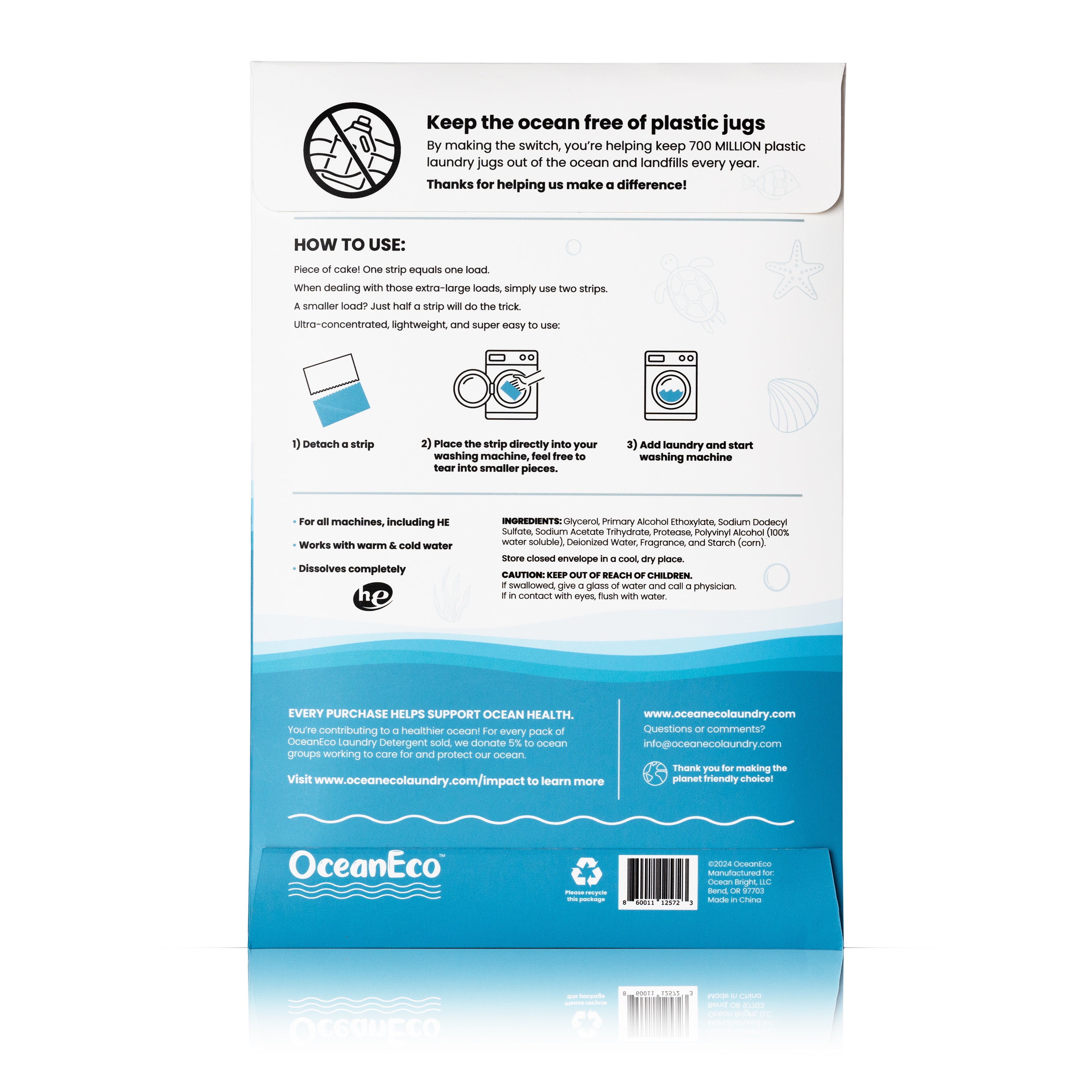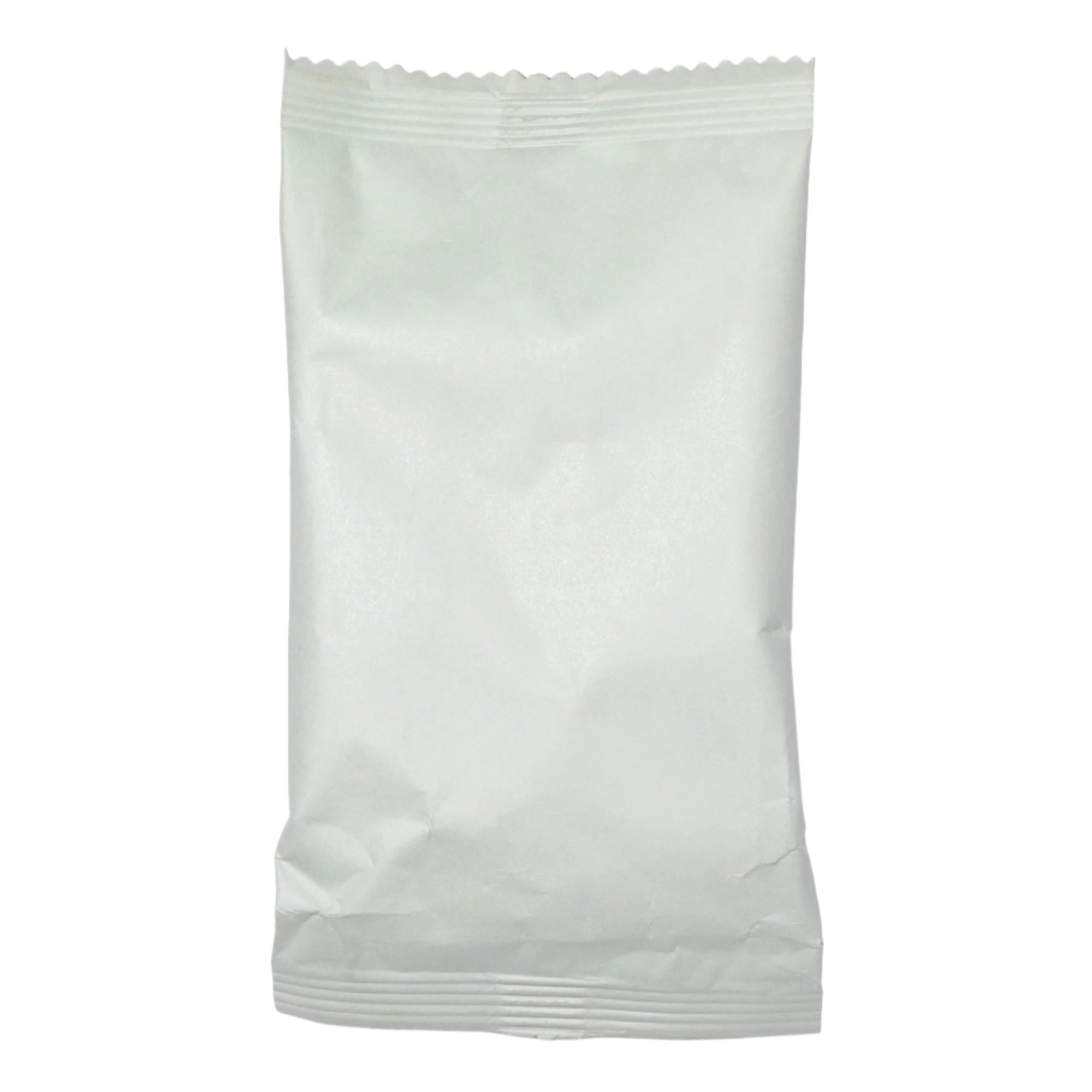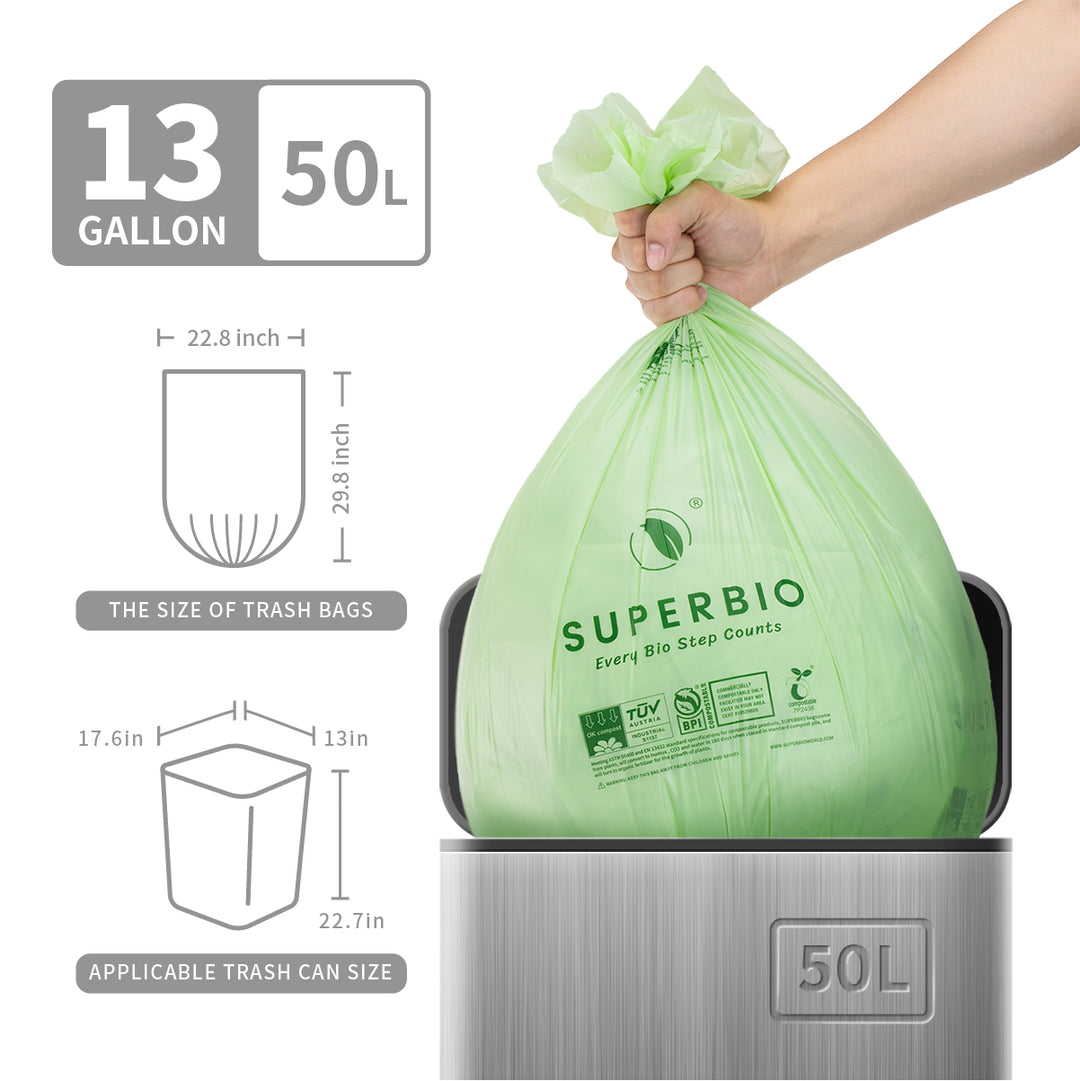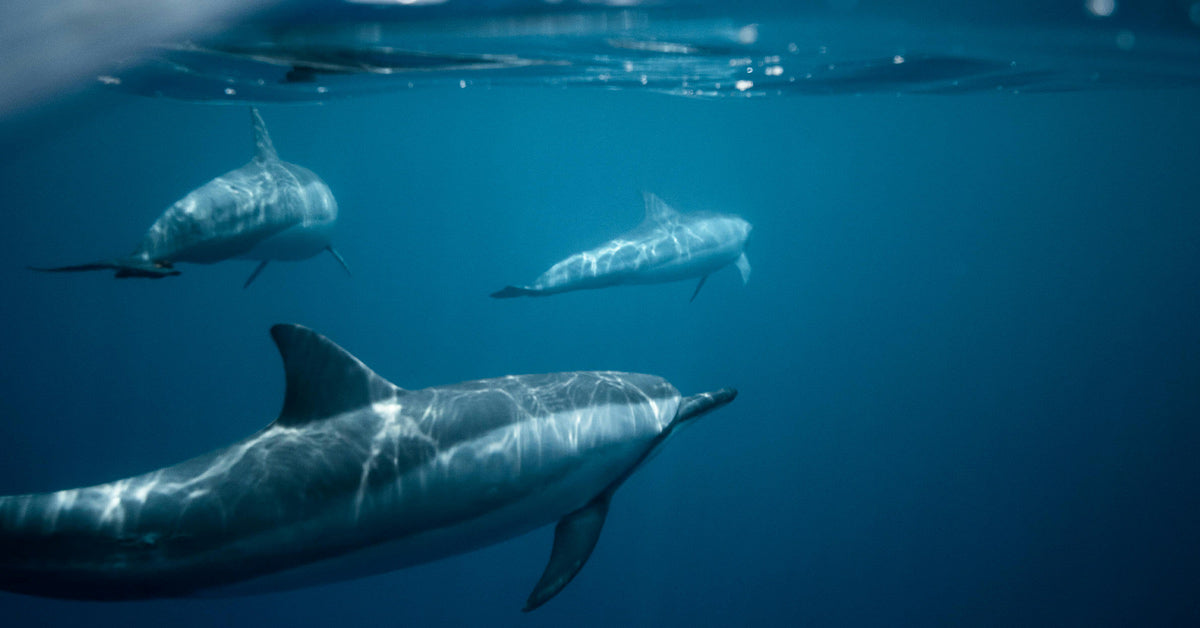A Supernova’s Fingerprint In Our Oceans Raises Chilling Questions About The History Of Planet Earth
A strange signal is locked inside ferromanganese crusts on the Pacific seafloor. Layers rich in the cosmogenic isotope beryllium-10 spike around 10.1 million years ago, hinting that Earth was showered with extra cosmic rays for a brief window of time, ScienceAlert reports.
The anomaly stands out from the usual, steady “rain” of isotopes, suggesting an external jolt rather than slow geology alone.

Elevated cosmic rays can imprint long-lived ocean archives.
The Clue in Pacific Crust
Beryllium-10 forms high in the atmosphere when fast particles slam into nitrogen and oxygen. It then settles into ocean minerals over time. The Pacific crust profile shows a pronounced rise between roughly 11.5 and 9 million years ago, peaking near 10.1 million years, The Daily Galaxy reports. That timing matches the late Miocene and invites a cosmic culprit.
Tracing the Blast
To test the idea, researchers rewound the motions of the Sun and 2,725 nearby star clusters using ESA’s Gaia data and looked for likely supernova sites during that window. Their modeling points to a 68% chance that at least one star exploded within 100 parsecs—about 326 light-years—near the time of the crust spike, Phys.org notes.
Two clusters in the Orion complex lead the list: ASCC 20 and OCSN 61. ASCC 20 likely passed within roughly 110 light-years of the Sun about 11.8 million years ago, while OCSN 61 skirted at greater distances but could still contribute, according to Earth.com.

Beryllium-10 forms when cosmic rays hit the upper atmosphere.
How Close—and How Safe?
Model probabilities rise with distance out to ~100 parsecs and remain low inside ~35 parsecs, implying any event was impactful but not catastrophic for life, Phys.org explains. Even a supernova at 50–100 parsecs can temporarily boost atmospheric isotope production without triggering mass die-offs.
Could Earth Be the Cause?
A terrestrial mechanism could concentrate beryllium-10 in one basin. Shifts in the Antarctic Circumpolar Current during late Miocene cooling may have redistributed isotopes regionally, Watchers News reports. Another option is a compressed heliosphere—our magnetic shield—letting more galactic particles through as the Sun moved into denser interstellar gas, a scenario raised by Earth.com.

Ocean geology can concentrate isotopes without changing production.
What to Check Next
If the signal is cosmic, the same-age spike should appear in other oceans and archives. A global survey of seafloor crusts and ice cores could clinch it, ScienceAlert reports. Independent radionuclides—like iron-60 or manganese-53—would strengthen the case if they align in time.
Why Oceans Hold the Record
Seafloor crusts archive atmospheric changes across millions of years. Here, they may also capture our system’s passage through a busier star-forming corridor—the Radcliffe Wave—where repeated explosions sculpted the local bubble of hot, thin gas, reports the The Daily Galaxy. Ocean rocks, in effect, are telling a neighborhood story written in starlight and dust.





























































































































































































































































































































































